Don’t Drink the Water: Boil-Water Advisories and Sovereignty
In my last post I told you about land sovereignty and the strategies Indigenous nations are using to regain their sovereignty. Today we’ll be looking at water issues and access to safe drinking water, which you’ll quickly see are deeply related to land sovereignty.
Clean, running water is something we often take for granted. If you’ve ever had your water shut down for maintenance, or other reasons, you quickly realize how much we depend on clean, readily available water. Safe, running water is one of our most relied upon modern conveniences. We need it for drinking, preparing food, and keeping clean. We need it for life.
Many Indigenous teachings are based on water reliability and dependence. Water is understood as a living thing that gives us life and must be respected. Aside from the reasons I’ve already listed, water was also a traditional means of travel and is essential to the lives of the animals and plants that support our survival. Water keeps everything alive.
Watch: The Anishinaabe Woman who walked for water rights from Historica Canada
In 2003, Josephine Mandamin began walking around the Great Lakes to raise awareness about water pollution.
Over the course of 14 years, Josephine Mandamin and the group she founded, the Mother Earth Water Walkers, walked an estimated 17,000 km around the Great Lakes, inspiring thousands to participate in water walks in communities across Turtle Island (North America).
The high value of water is undeniable and everyone should have access to clean running water, right? Unfortunately, that’s not the case today. You’ve probably heard of reserves that have boil-water advisories or completely insufficient water systems. Maybe you remember the federal Liberal’s 2015 campaign promise to end all boil-water advisories on First Nations by March 2021? How did that end up? This promise was not kept, and 38 Indigenous communities still don’t have clean water.
Why do boil water advisories exist?
What happened? Why do these boil-water advisories exist and why do they continue? There are various factors that have led to the contamination of water across the country. For example, resource extraction industries like mining and oil extraction often threaten nearby water systems with heavy metal and chemical contamination. Other factors like urbanization and improper waste or sewage disposal also play a part in unsafe water. Each of these circumstances, and others, lead to boil-water advisories.
Watch: Meet Clean Water Activist Autumn Peltier
“You know something’s wrong when a child speaks up.
That’s how Autumn Peltier, a 16-year-old from Wiikwemkoong First Nation in Ontario, framed her fight for clean drinking water in Canada’s Indigenous communities.” – CBC Kids News
- Learn more in: What factors lead to First Nations boil water advisories? Recent study mines the data via CBC News
You’re likely thinking, isn’t there a water system that can purify dirty water so that it is safe again to consume?
Of course there is.
But those systems are often one of the root problems that allow these boil-water advisories to persist. In many Indigenous communities their water purification systems are poorly made and hard to maintain. Replacing out-dated parts is often an issue. Additionally, trained water system operators are hard to find. In remote communities, where many of these boil-water advisories occur, water operators are often not willing to move to a new community. Instead, members of that band have had to take on the demanding role of water operator and are (unsurprisingly) underpaid and overworked. But that’s not the end of a reserve’s problems.
When water on a reserve becomes unsafe to drink, Indigenous communities must apply to the federal government for funding to set up systems for clean drinking water. They must submit a feasibility study and project proposal for the water treatment system. The approval process can be slow and water quality problems often change or increase by the time funding is approved and received.
Read: ‘We’ve been dictated to here by government’: How colonial systems have left some First Nations without water from Clean Water, Broken Promises
I think you’re beginning to understand now why boil-water advisories seem to be a never-ending issue on reserves and remote Indigenous communities. Even when funding is received there can still be problems. The report Clean Water, Broken Promises investigated water issues in First Nations communities across Canada. What they discovered are communities often forced by Indigenous Services Canada to choose the cheapest contractors rather than those that are the best fit for the job. While costs are also kept down by using cheap parts, the long-term impacts, which I’ve already mentioned above, create long-term problems.
Indigenous communities are forced to rely on the Canadian government for clean water. They have to follow the government’s processes, which as we’ve seen can lead to yet another boil-water advisory down the line. Not surprisingly, in many nations, there is deep mistrust of water from the tap. This cycle of water problems is another reason why Indigenous nations want land sovereignty. They want to keep their waters and lands safe for all future generations.
Sovereignty means Indigenous communities having control over building long-lasting water safety for residents. Having control over funding, including how much and how it’s used is essential: a better contractor, better parts, better wages for operators, and extra features like backup power are essential to solving current and long-term water quality issues.
In the Clean Water, Broken Promises investigation, systemic racism is underlined as one of the main causes of persistent water problems. How many non-Indigenous communities do you know with boil-water advisories? The report points out that if a non-Indigenous community does have a water problem it is fixed quickly and doesn’t become a lasting problem. It only took 2 weeks for the Walkerton water crisis to be resolved in comparison, the community has a majority white population.
For Indigenous communities, water quality is an ongoing and persistent issue. This is an emergency but it’s treated by the federal government like an unfixable reality. And yet, the rest of Canada has figured out how to have clean drinking water.
Watch: Along the Water’s Edge
Along the Water’s Edge is a short film by Jonathan Elliot that addresses the water crises being faced by countless Indigenous communities across Canada. Set in the near future, the film explores the potential impacts these crises can have on Indigenous people’s living in these communities should the issues continue to be ignored.
Clean water is a basic human right. But because of shoddy water systems, a lack of resources, and a government that has perpetuated rather than solved water safety problems, Indigenous communities continue to be denied this basic human right. The lack of safe drinking water in Indigenous communities is a clear example of how colonial violence, which attacks the lives of Indigenous peoples, continues today.
The solution is Indigenous sovereignty over water and land, systems and infrastructure. This is the only way, I believe, to finally put an end to the endless long boil-water advisories.
Read the next post: Is Canada Built on Genocide?
About the Author
Mnawaate Gordon-Corbiere is Grouse clan and a member of M’Chigeeng First Nation. She is Ojibwe and Cree. Born in Toronto and raised in M’Chigeeng, in 2019 she obtained her BA in History and English from the University of Toronto.
Since graduation, she has been working in the heritage sector with a focus on Indigenous history. Her most recent project was working as a co-editor for the historical anthology Indigenous Toronto: Stories that Carry This Place released in spring 2021.
Want to learn more about our relationships with water?
Introducing the Um : Museum of Water began in the UK as a collection of public offerings of personal connections to water, intended to deepen our relationships with water.
In this new collaboration, Muse
um
of Water
responds to and evolves with the Indigenous context of the land we are on, and the water we live with and rely upon for our collective survival. Click below to learn more.
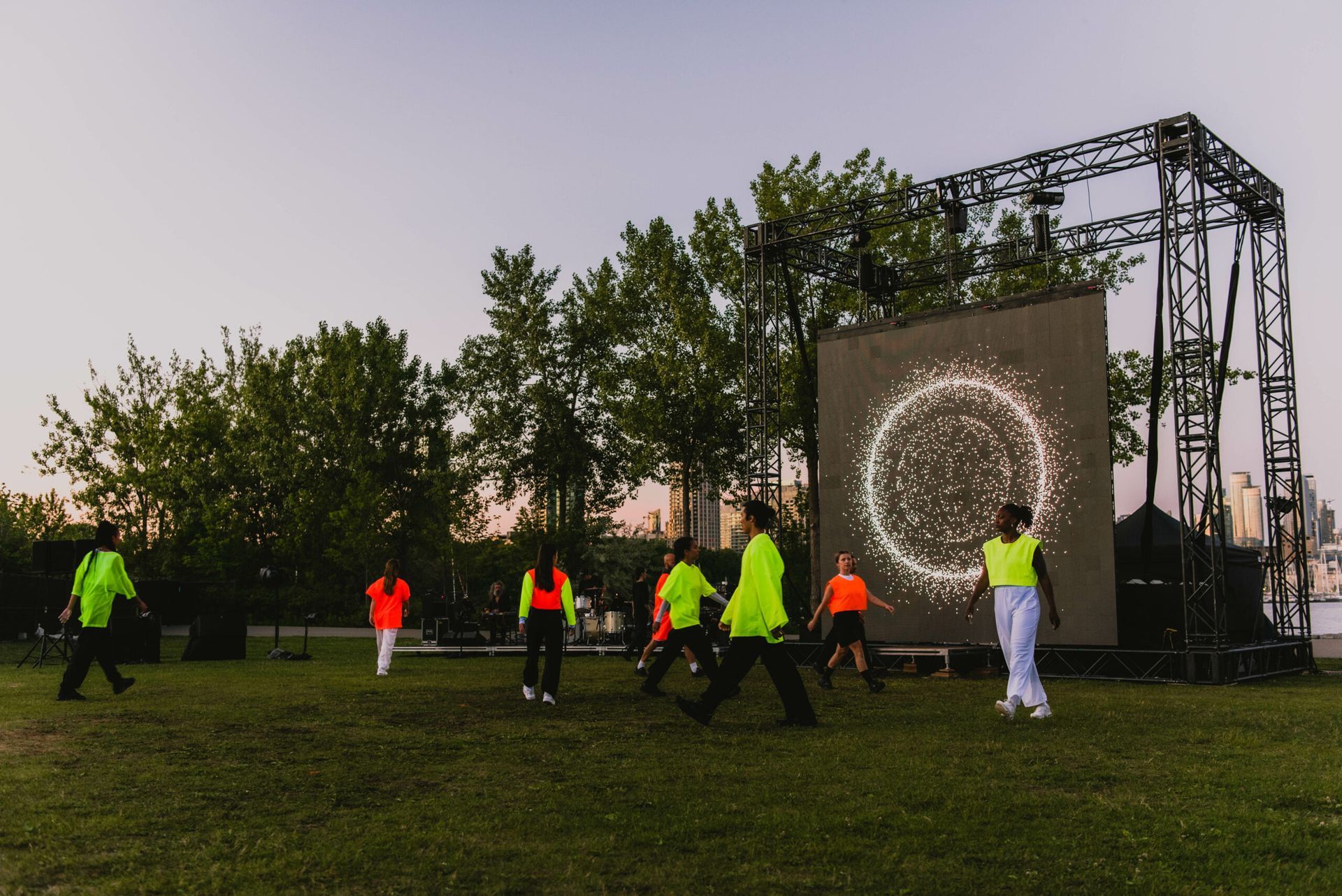
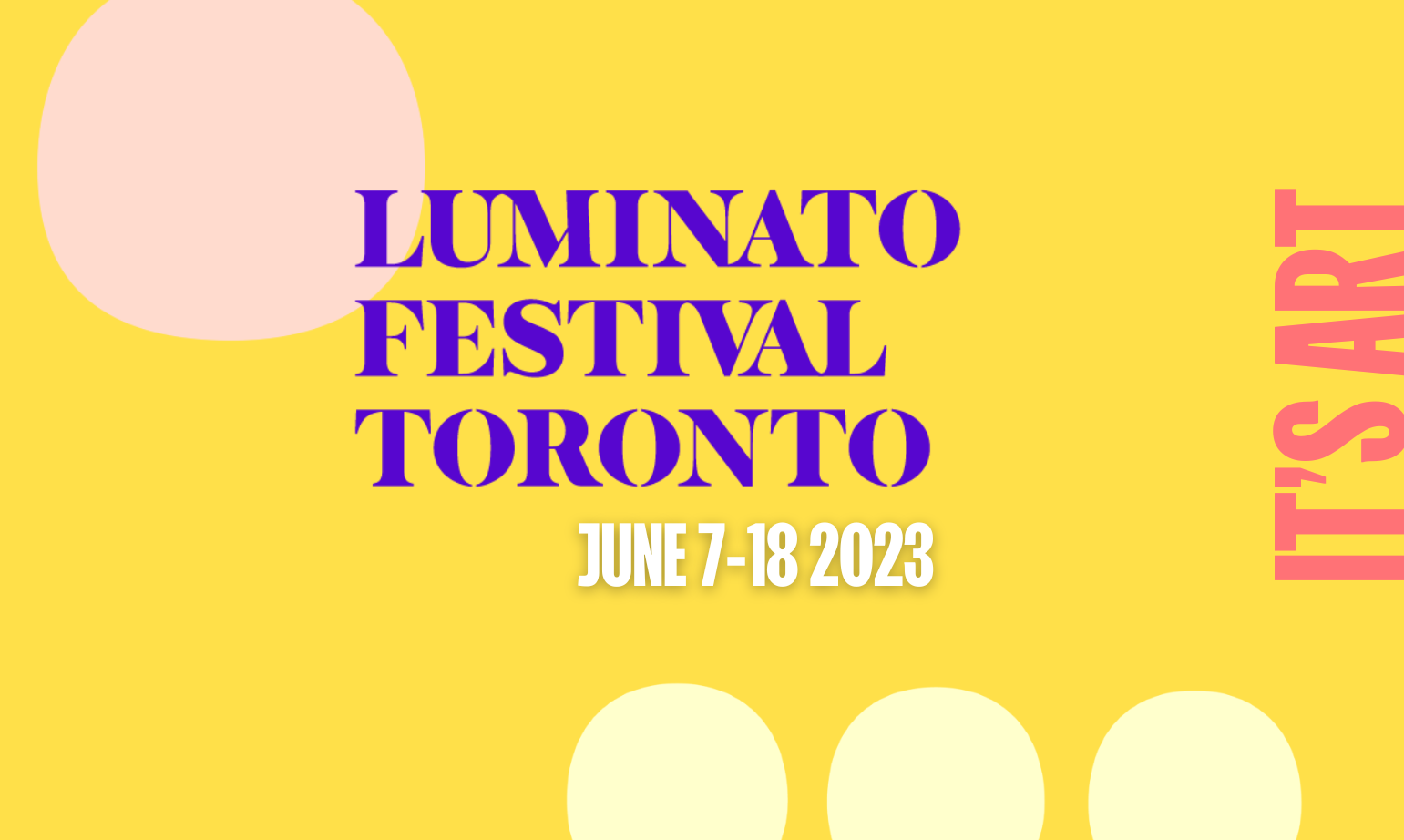
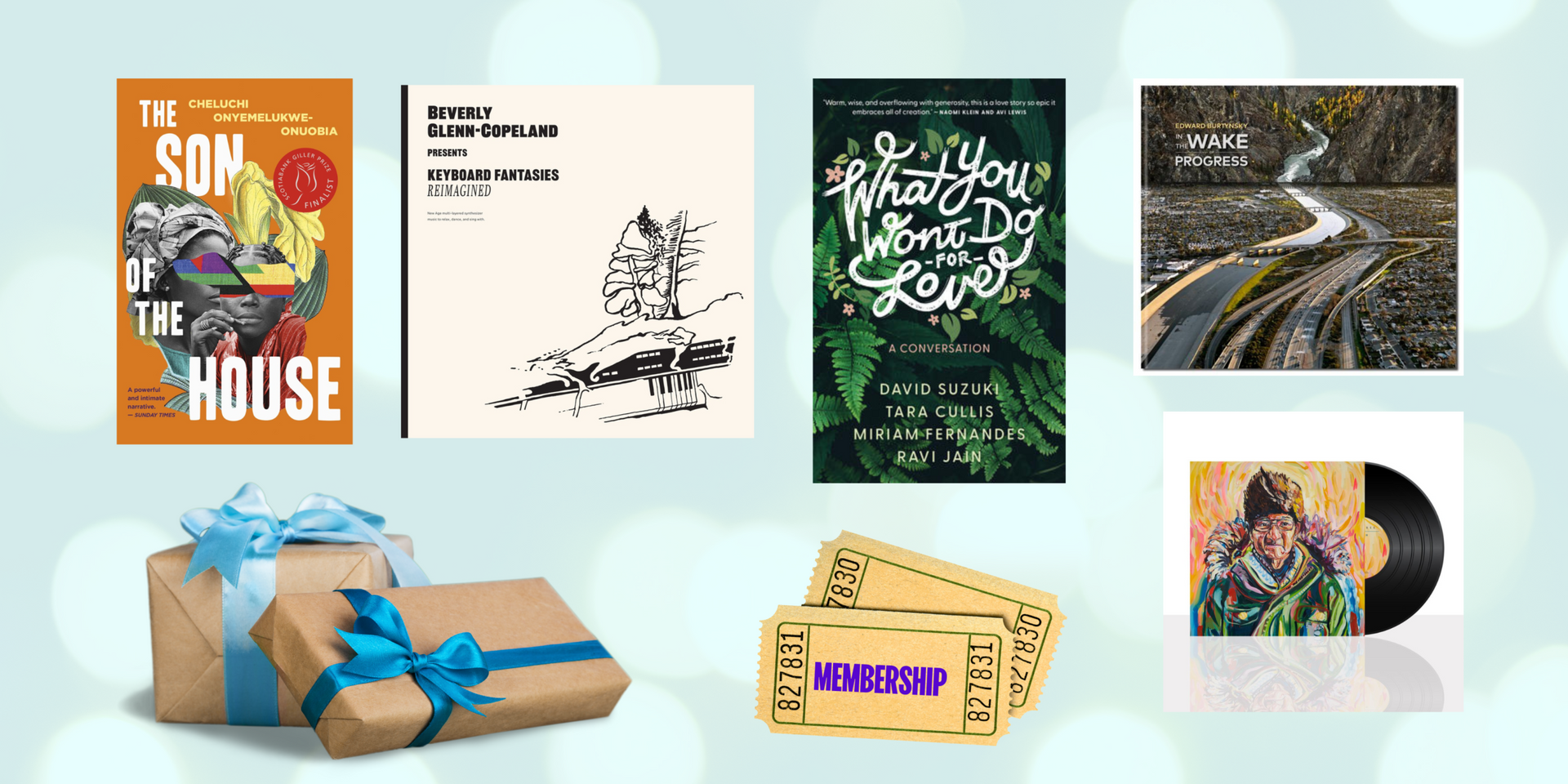
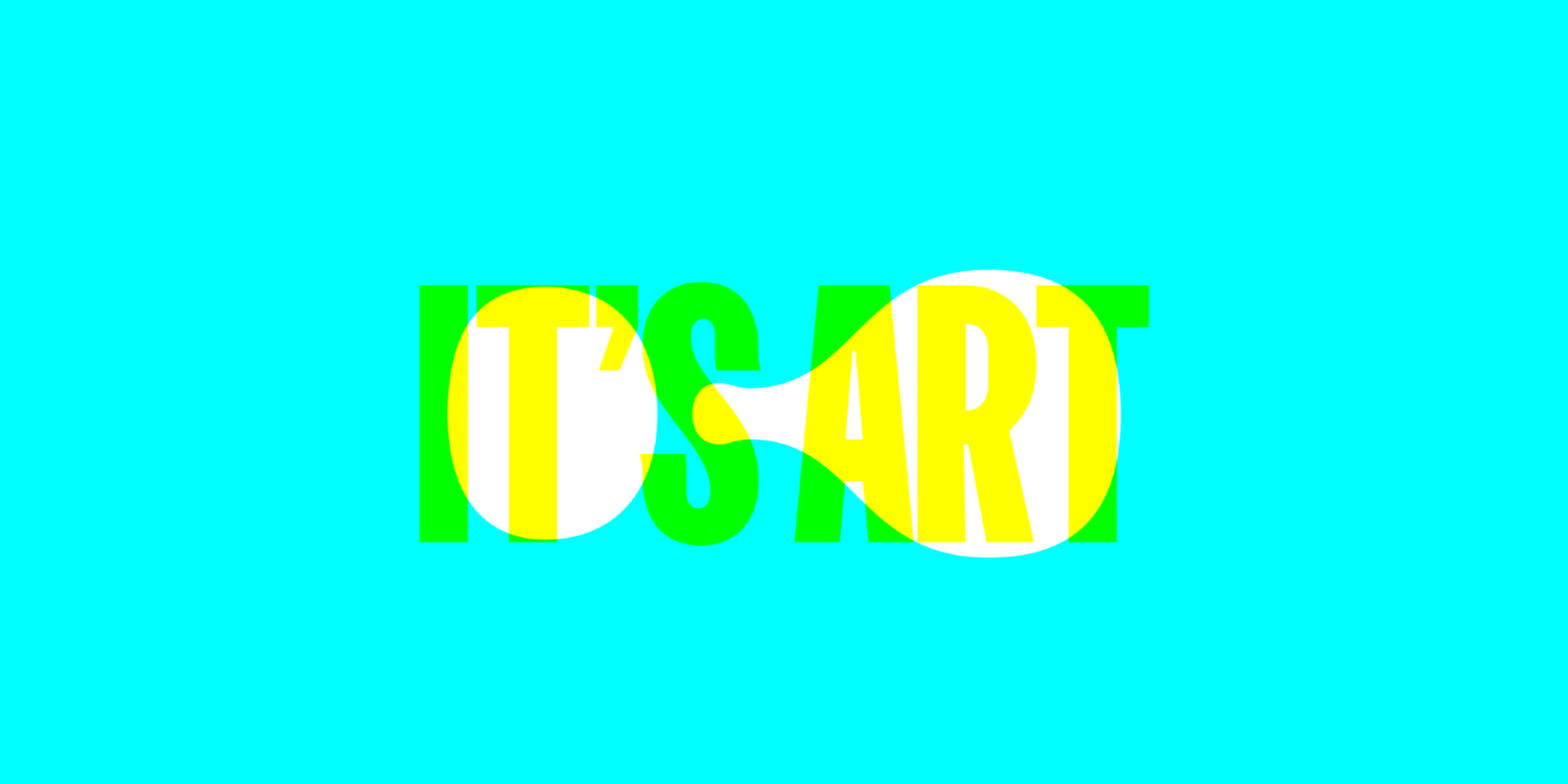
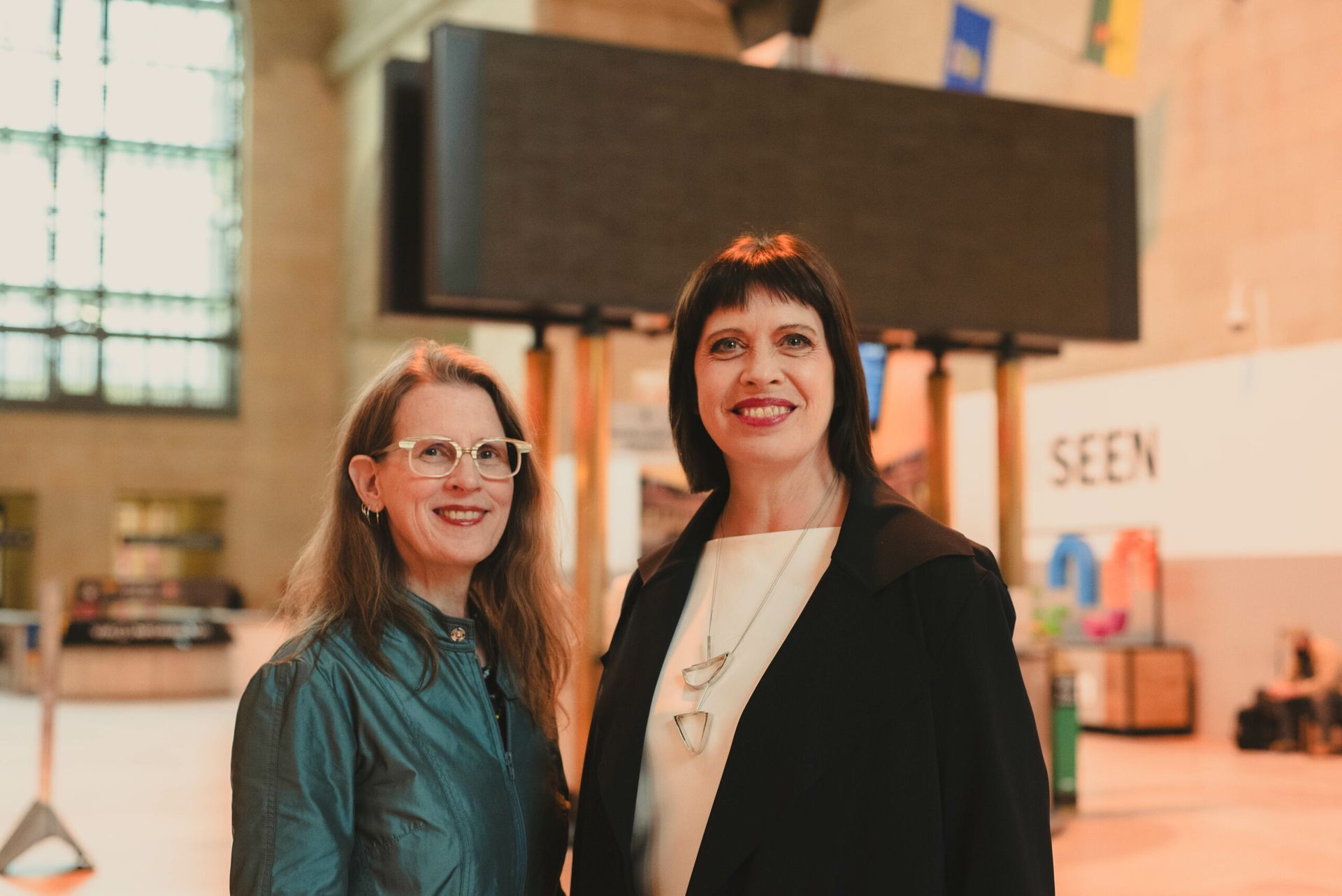

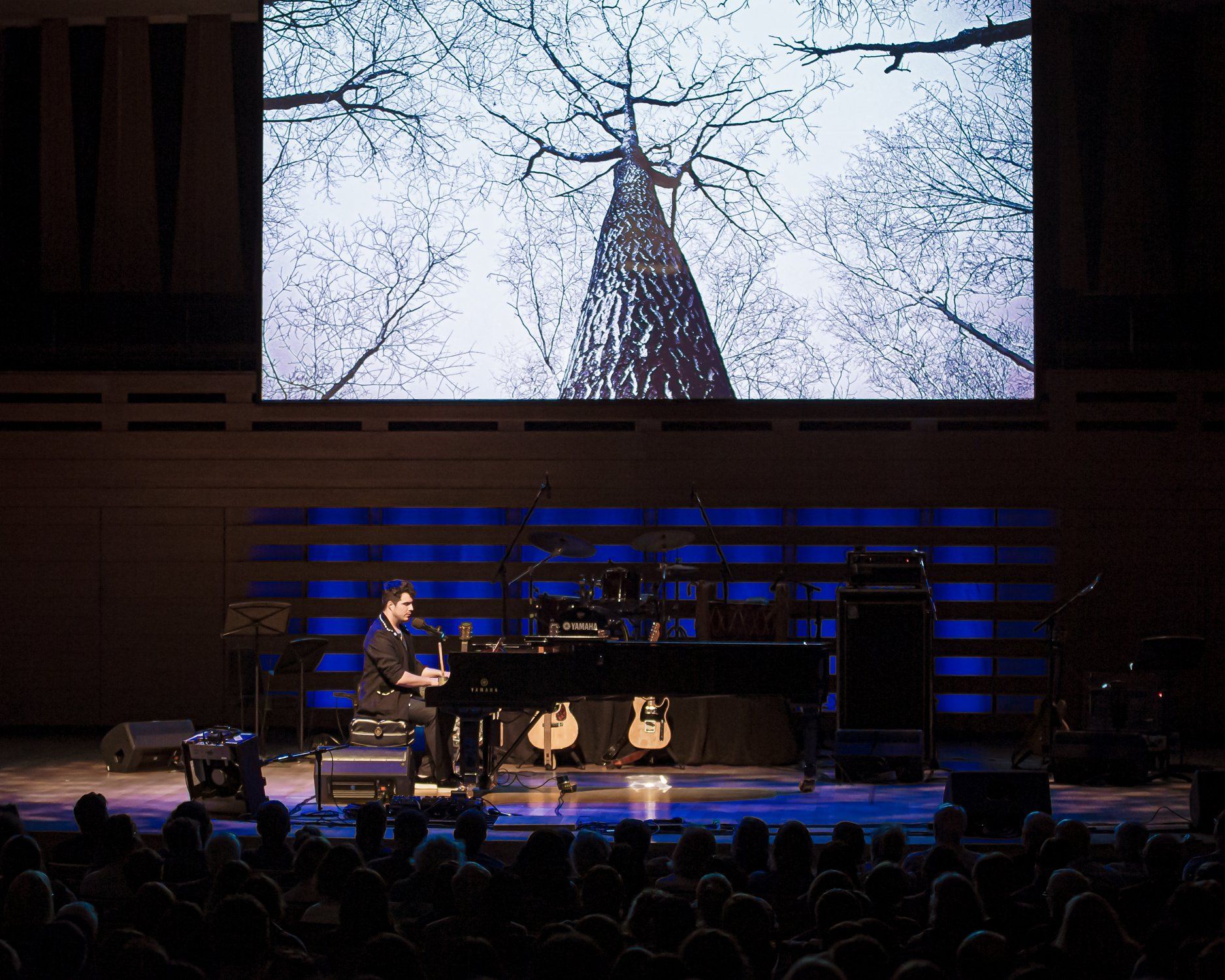



© 2025 Luminato Festival Toronto, All rights reserved.
Privacy Policy
|
Terms and Conditions
